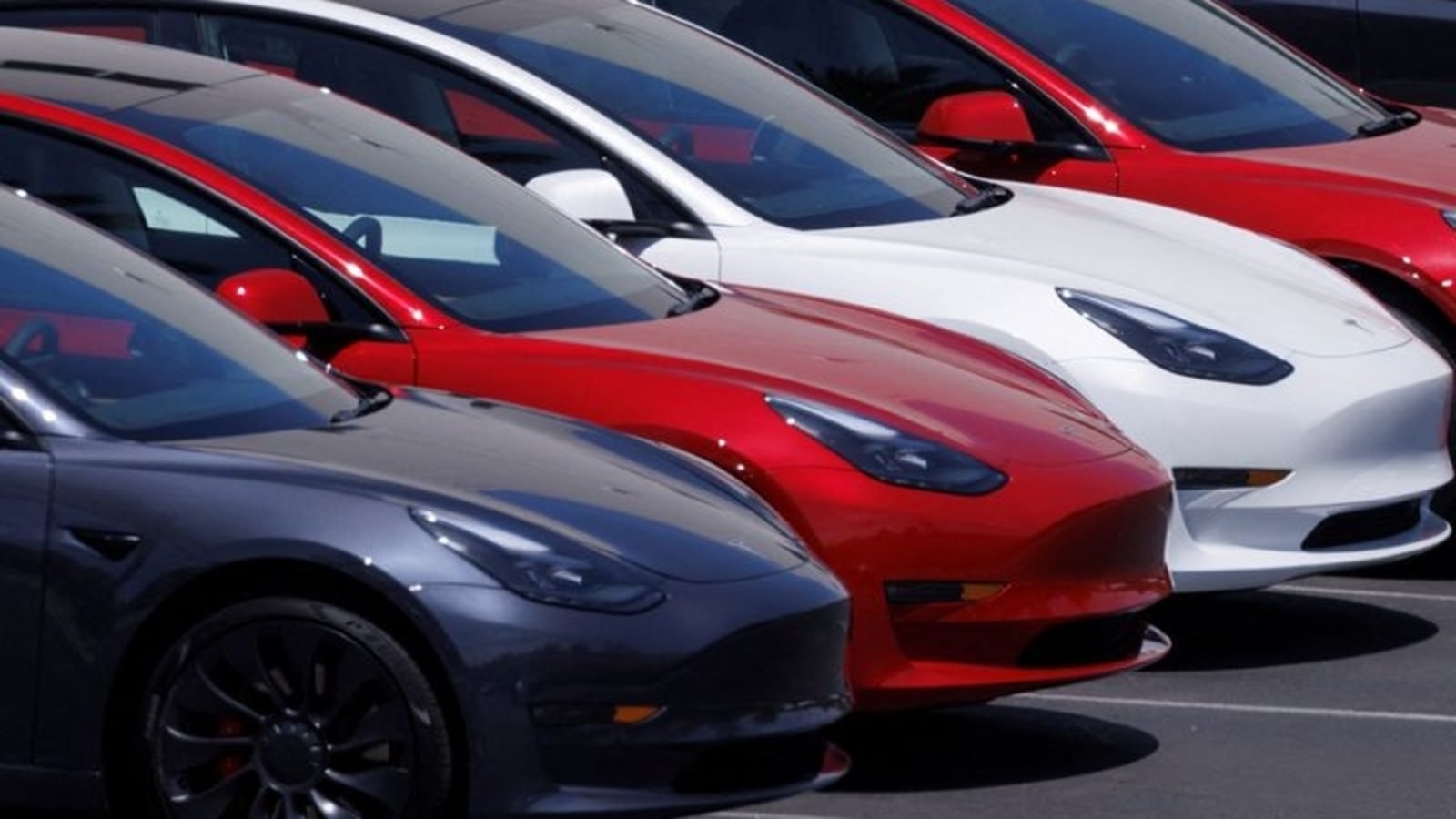Driving Your Tesla in California Is Really, Really Expensive
The state's electricity tariffs add $600 a year to the cost of running an electric vehicle.

Forgive the obviousness, but if you want to sell a new product, make it affordable. Electricity isn't new, but the effort to electrify much of our world — essential to decarbonization — is. Persuading people of middling means to, say, swap their gasoline-fueled car for a battery-powered one requires making not only electric vehicles affordable but also the electricity to charge them up.
Yet California, at the vanguard of net-zero, which recently announced a ban on sales of new gas-guzzlers by 2035, doesn't make it easy. The state sports not only the second-highest average residential electricity tariffs in the US, but also the most regressive.
Severin Borenstein, Meredith Fowlie and James Sallee of UC Berkeley's Energy Institute at Haas just published an analysis of detailed billing data for more than 11 million Californian households, in conjunction with Next 10, a non-profit organization. They found that electricity tariffs there are two-to-three times the “social marginal cost.” That's the actual cost to the utility of producing and delivering an extra kilowatt-hour of electricity to an existing customer, including an assumed social cost of emissions. These were modeled at about 8-9 cents per kilowatt-hour in 2019 compared with an average residential tariff for the state of 19 cents.
Most electricity bills consist of a fixed charge and a charge that varies with how much electricity we use. In theory, the fixed charge covers costs that don't change regardless of usage, such as building and maintaining the grid. In practice, all utilities recover some of their fixed costs through that variable charge. This is always a mismatch since fixed costs are fixed, regardless of how long you leave the lights on.
The distortion is bigger in California for two reasons. First, monthly bills there have among the lowest fixed charges in the US, meaning more fixed costs get layered into the variable price. Second, the variable price also includes other charges that don't relate to the cost of providing additional electricity, such as funding compensation for wildfire victims or alleviating the burden of high power prices on poorer residents (think about that last one for a minute).
The extra costs are an effective tax on electricity, in the sense that they inflate the cost and thereby deter consumption. The economists at UC Berkeley estimate this “tax” adds about $600 to the annual running cost of an electric vehicle in California, on average. To put that in perspective, that takes away roughly a quarter of the money saved by not buying gasoline for a regular car and instead investing in a Tesla Inc. car or EVs from the likes of Hyundai Motor Co. or Ford Motor Co. It also adds $600 in annual costs for households switching to electric heat from gas, even as the state moves to ban gas-fired heating and boilers by 2030.
Moreover, these charges hit California's poorest households harder, the analysis finds, equating to 2-3% of annual income for households at the bottom of the scale versus less than 1% for those earning $200,000 or more. This disparity is compounded by the greater prevalence of solar panels on the roofs of wealthier households, since it reduces the quantity of electricity they draw from the grid.
Socializing costs via electricity prices is embedded in California's DNA. Exhibit A: the state's quirky “inverse condemnation” laws that funnel the costs of grid-related fires through bills regardless of a utility's actual culpability. Yet inflating the cost of incremental power consumption in this way curbs demand, and regressively so. Potential solutions include higher fixed charges linked to household income and just shifting some state-level costs, such as for energy-efficiency programs or wildfire mitigation, to general taxation. Absent such reform, California risks pricing its own citizens out of the future its legislators seek to will into being.
Liam Denning is a Bloomberg Opinion columnist covering energy and commodities. A former investment banker, he was editor of the Wall Street Journal's Heard on the Street column and a reporter for the Financial Times's Lex column.
Catch all the Latest Tech News, Mobile News, Laptop News, Gaming news, Wearables News , How To News, also keep up with us on Whatsapp channel,Twitter, Facebook, Google News, and Instagram. For our latest videos, subscribe to our YouTube channel.































